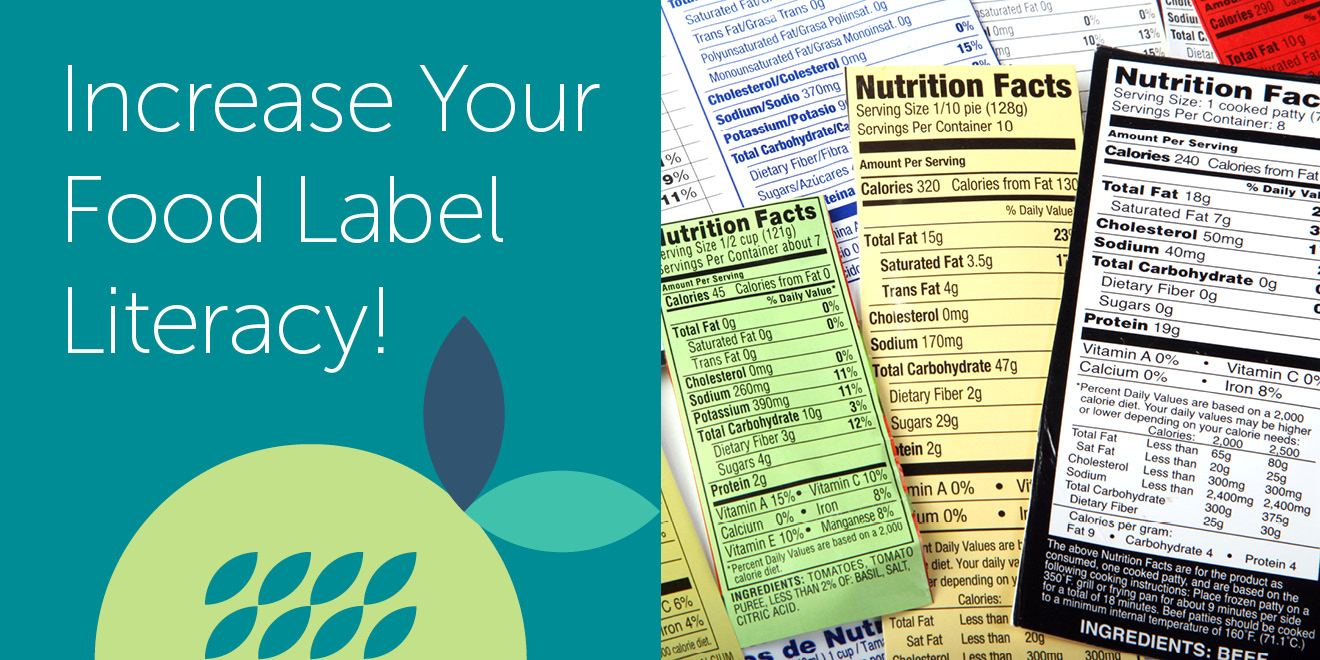
It’s American Heart Health Month! Heart disease has now been the leading cause of death in the U.S. for 100 years*. A heart-healthy diet focused on foods that promote cardiovascular well-being is an important tool for reducing the risk of heart disease.
FDA Nutrition Fact labels contain a lot of helpful information that can help you make heart smart decisions to support your personal nutrition goals. Nutrition labels provide SERVING SIZE, CALORIES, and NUTRIENT details for both food and beverages.
SERVING SIZE
The serving size section includes the number of servings for a package and a measured serving size. Measurements are provided in standard units like cups or pieces, plus a metric measurement such as grams (g).
- Serving sizes are standardized so you can compare similar food and drink.
- A label provides information for one serving, not a package.
- The recommended serving size is based on the amount people typically eat or drink. It’s not a recommendation of how much you should eat or drink.
CALORIES
Calories tell you how much energy each serving of food or drink provides.
- The FDA uses 2,000 calories as the standard daily intake for food label guidance.
NUTRIENTS
The nutrient section is a great tool for finding foods and drinks that have nutrients you want to increase and those you want to limit.
Nutrients most people need to get more of: Dietary Fiber, Vitamin D, Calcium, Iron, and Potassium.
- Eating a diet high in dietary fiber can increase the frequency of bowel movements, lower blood glucose and cholesterol levels, and reduce calorie intake.
- Diets higher in vitamin D, calcium, iron, and potassium can reduce the risk of developing osteoporosis, anemia, and high blood pressure.
Nutrients most people need to get less of: Saturated Fat, Sodium, and Added Sugars.
- Eating too much saturated fat and sodium is associated with an increased risk of developing cardiovascular disease and high blood pressure.
- Consuming too many added sugars can make it hard to get your important nutrients in while staying within daily calorie goals
WHAT ‘S THE DIFFERENCE BETWEEN ADDED SUGARS AND TOTAL SUGARS ON A FOOD LABEL?
- Total Sugars includes sugars naturally present in foods and beverages, such as sugar in milk and fruit PLUS any added sugars in the product.
- Added Sugars includes sugars added during food processing (such as sucrose or dextrose), packaged sweeteners like table sugar, and sugars from syrups, honey, and fruit or vegetable juice concentrates.
- The phrase “Includes Added Sugars” on a label means the Total Sugar gram amount includes Added Sugars
BE SERVING SIZE SAVVY
It’s easy to consume two or three times more than you think you are if you don’t look at a product’s food label first! For example, if one half-cup serving of a four serving package has 200 calories, you will consume 400 calories if you eat one cup, or 800 calories if you eat the entire package.
- Use the serving size plus calorie amount on a label to decide how much of a package to consume.
- Some products with packages that are larger than a single serving but still could be consumed in one sitting have a dual column label that shares both “per serving” and “per package” information.
Using the information provided in food labels is another readily available tool that can help you achieve your nutrition goals! Learn more about FDA Nutrition Labels at https://www.fda.gov/food/nutrition-facts-label/how-understand-and-use-nutrition-facts-label